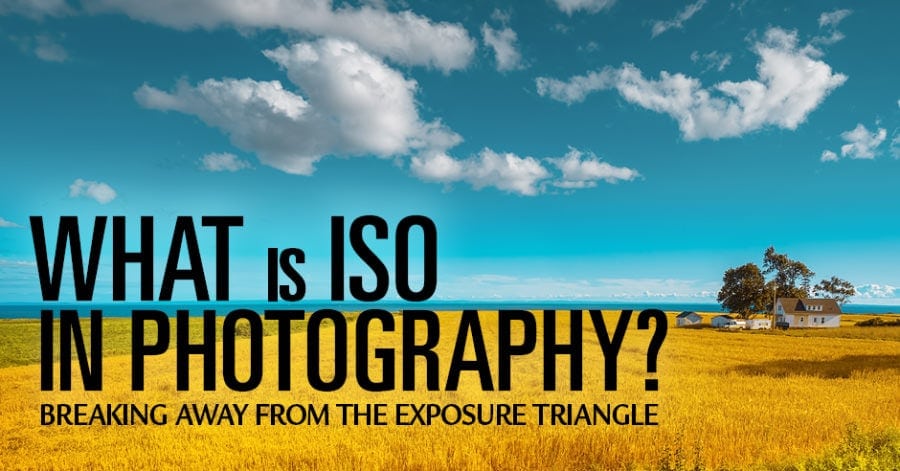What Does Iso In Photography Stand For
What Does Iso In Photography Stand For - If you're just starting out in photography, all these technical terms can be quite intimidating. But don't worry, I'm here to help you understand what ISO stands for in photography and how it affects your pictures. Simply put, ISO refers to the sensitivity of your camera's image sensor to light. The higher the ISO number, the more sensitive the sensor becomes to light. This can be incredibly useful in low light situations, but it can also introduce noise or grain into your images. So, let's dive in and explore ISO in more detail!
ISO Settings Explained
What is ISO?
As mentioned earlier, ISO refers to the camera's sensitivity to light. The lower the ISO value, the less sensitive the sensor is, and the higher the ISO value, the more sensitive the sensor is to light. So why is this important? Well, if you're shooting in low light conditions, such as indoors or at night, you'll need to increase your ISO to ensure that your pictures are correctly exposed. However, it's important to remember that the higher the ISO value, the more noise or grain you'll introduce into your images.

How to Use ISO in Photography
Now that you know what ISO stands for in photography, it's time to learn how to use it effectively. The key is to strike a balance between ISO, aperture, and shutter speed to ensure that your images are correctly exposed while minimizing noise or grain. There's no one-size-fits-all solution, so you'll need to experiment with different settings to find what works best for your situation. However, here are a few tips to help you get started:
- When shooting in low light, try to keep your ISO as low as possible to minimize noise
- If you can't achieve the desired exposure with a low ISO, start by adjusting your aperture and shutter speed
- If you're shooting in bright light, such as during the day, use a low ISO to minimize noise and maximize sharpness
- Always shoot in RAW format, as this will give you more flexibility in post-processing
Breaking Away from the Exposure Triangle
Why ISO Matters
The exposure triangle is a term used to describe the relationship between aperture, shutter speed, and ISO. All three of these factors affect the exposure of your image, but ISO has a unique role to play. While aperture and shutter speed mainly affect the amount of light that enters the camera, ISO affects the sensitivity of the image sensor. This means that ISO can be used to compensate for a lack of light, while aperture and shutter speed cannot.

Tips and Tricks for Using ISO
Now that you understand why ISO matters, let's explore some tips and tricks for using it effectively:
- Use ISO in conjunction with aperture and shutter speed to achieve a balanced exposure
- If you need to increase your ISO, try to keep it below 1600 to avoid introducing too much noise
- When shooting in bright light, such as on a sunny day, use a low ISO to maximize sharpness and minimize noise
- In low light situations, consider using a tripod to avoid camera shake and blur
Putting it all Together
How to Achieve the Perfect Exposure
Now that we've covered the basics of ISO in photography, let's put everything together and explore how to achieve the perfect exposure. The first step is to determine the ISO value that will give you an acceptable level of noise. This will depend on your camera and the situation you're shooting in. Once you've determined your ISO, you can adjust your aperture and shutter speed to achieve the desired exposure. Remember, your aperture affects your depth of field, while your shutter speed affects motion blur. By balancing these factors with your ISO, you can create stunning images that are properly exposed and free from noise or grain.

Final Words
ISO can be a daunting concept for beginners, but it's an essential tool for any photographer. By understanding what ISO stands for in photography and how to use it effectively, you can take your images to the next level. Remember, the key is to strike a balance between ISO, aperture, and shutter speed to achieve the perfect exposure. So, get out there and start experimenting - you'll be amazed at the difference a little knowledge can make!

Bonus Tip
Always check your ISO setting before taking a picture. It's easy to forget to change it back after shooting in low light, which could result in noisy images in well-lit environments.

Find more articles about What Does Iso In Photography Stand For
Post a Comment for "What Does Iso In Photography Stand For"